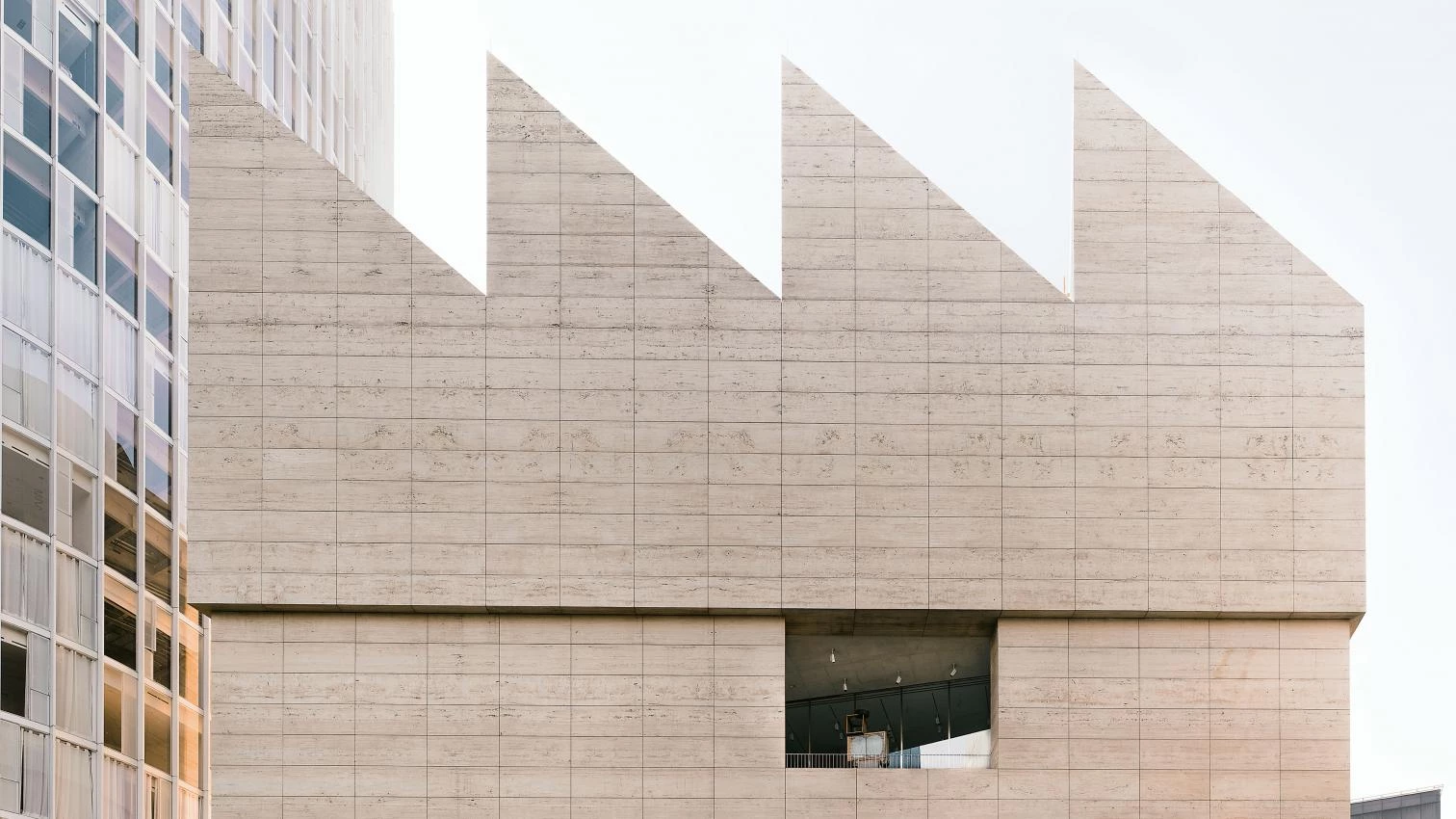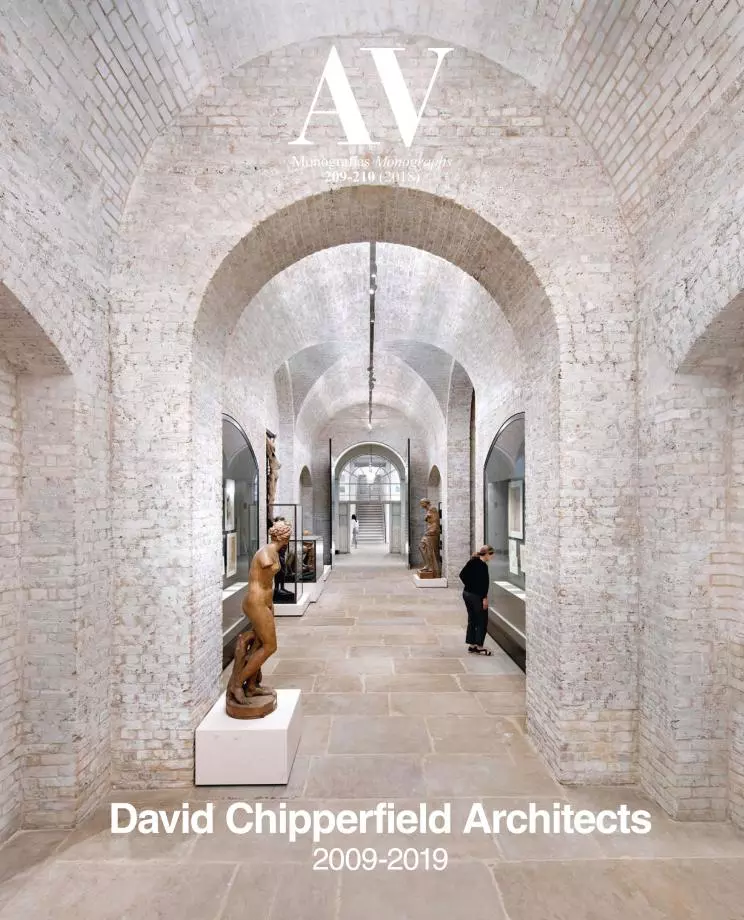A Cultural Mission

The experience of eleven years spent working on the rebuilding of the Neues Museum in Berlin, and more recently the refurbishment of Mies van der Rohe’s Neue Nationalgalerie while at the same time contemplating how best to tame the endless sprawl of New York’s Metropolitan Museum of Art has given David Chipperfield more insight into the deeper issues of museum culture than most architects ever acquire. These projects have been opportunities for him to think long and hard about what museums mean, how they work, what possibilities they offer artists and curators, and to explore the minds of the distinguished architects in whose steps he has followed.
Architectural historians have tended to treat the museum as a single typology, one that is rooted in classicism. It is a type that emerged following Napoleon’s creation of the first imperial museum initially named for himself at the Louvre, at a point somewhere between Robert Smirke’s British Museum in London and Karl Friedrich Schinkel’s Altes Museum in Berlin. A colonnade, with or without a pediment, a central entrance hall, and a sequence of enfilade rooms, mostly sitting on a basement store room level, have shaped the plans and elevations of museums all around the world. In many countries, the pictogram used to represent museums on motorways and street signs is still a pediment sitting on a set of columns. Now that Frank Gehry’s Guggenheim, and Jean Nouvel’s National Museum of Qatar have become more common as models for new museums than Doric temples, this sign, like the archaic outline of steam engine used to warn against railway trains, is what is called a skeuomorph....





